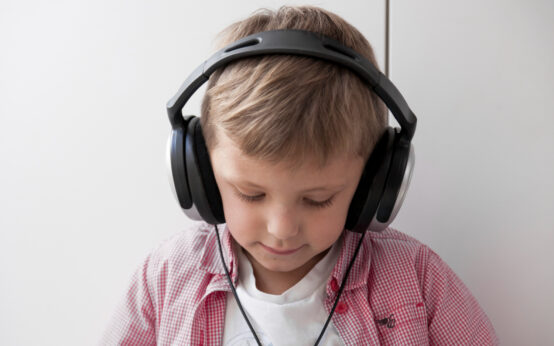Introduction
Understanding what a sensory diet entails for individuals with autism spectrum disorder (ASD) is crucial in providing effective support and intervention. A sensory diet refers to a personalized plan designed to address sensory processing issues commonly experienced by individuals with ASD. These sensory processing issues stem from difficulties in regulating and interpreting sensory information from the environment.
What is a Sensory Diet for Autism?
A sensory diet typically consists of a variety of activities and strategies aimed at providing sensory input to help individuals with ASD. These activities are carefully selected based on the individual’s sensory preferences, sensitivities, and needs. By incorporating sensory activities into their daily routine, individuals with ASD can improve their ability to focus, self-regulate, and engage more effectively in daily activities.

Sensory diets for individuals with autism are like personalized playlists for the soul, finely tuned to harmonize their sensory experiences and cultivate a symphony of equilibrium in their daily lives.
Harper Lee
Implementing a Sensory Diet
Sensory diets can include a wide range of activities targeting different sensory modalities such as touch, movement, taste, smell, sight, and sound. Some common activities may include:
- Proprioceptive activities:
These activities involve providing deep pressure input to joints and muscles. Such as using weighted blankets, carrying heavy objects, or engaging in activities like pushing or pulling heavy objects. - Vestibular activities:
These activities focus on providing movement-based input to the vestibular system, which helps with balance and spatial orientation. Examples include swinging, spinning, jumping on a trampoline, or rocking back and forth. - Tactile activities:
These activities involve providing tactile stimulation to the skin, such as playing with textured materials like sand, clay, or water. Using tactile toys like fidget spinners or stress balls, or engaging in activities like finger painting or playdough sculpting. - Auditory activities:
These activities aim to regulate auditory input by either providing calming or desensitizing sounds. This may include listening to music, white noise machines, or using noise-canceling headphones in noisy environments. - Visual activities:
These activities focus on regulating visual input by controlling the visual environment. This may include using visual schedules or timers to help with transitions. Creating visually calming spaces with soft lighting and neutral colors, or using visual supports like picture cards to aid communication. - Olfactory and gustatory activities:
These activities involve providing sensory input through smell and taste. This may include aromatherapy using essential oils, providing opportunities for tasting different foods with varied textures and flavors, or using flavored chewable toys or oral sensory tools.
Benefits of Sensory Diet for Autism
- Improved focus and attention:
Sensory diets provide the right amount of sensory input, helping individuals with autism regulate their sensory experiences and focus better on tasks. - Reduced anxiety and promotion of relaxation:
Calming activities included in a sensory diet can help individuals with autism feel more relaxed and less anxious, contributing to overall well-being. - Enhanced social skills:
Sensory diets can help individuals with autism better understand and respond to sensory cues from others, improving their ability to interact and communicate effectively. - Improved quality of life:
By addressing sensory needs, a sensory diet can greatly improve the quality of life for individuals with autism. It enables them to engage more fully in daily activities and enjoy a higher level of comfort and satisfaction.
Conclusion
Implementing a sensory diet for individuals with ASD requires careful observation, assessment, and collaboration between caregivers, therapists, and educators. It’s essential to tailor the sensory diet to the individual’s specific needs and preferences, regularly monitor its effectiveness, and make adjustments as needed. By incorporating sensory activities into their daily routine, individuals with ASD can experience improved sensory regulation, enhanced engagement, and overall well-being.
Source
- American Psychiatric Association. (2013). Diagnostic and Statistical Manual of Mental Disorders (5th ed.). Arlington, VA: American Psychiatric Publishing.
- Ayres, A. J. (1979). Sensory Integration and Learning Disorders. Los Angeles, CA: Western Psychological Services.
- Dunn, W. (1997). The impact of sensory processing abilities on the daily lives of young children and their families: A conceptual model. Infants & Young Children, 9(4), 23-35.
- Kranowitz, C. S. (2005). The Out-of-Sync Child: Recognizing and Coping with Sensory Processing Disorder. New York, NY: Penguin Books.
- Schaaf, R. C., & Anzalone, M. E. (2019). Occupational therapy using a sensory integrative approach: A case study of effectiveness. Frontiers in Pediatrics, 7, 1-8.
- Watling, R., & Dietz, J. (2007). Immediate effect of Ayres’s sensory integration-based occupational therapy intervention on children with autism spectrum disorders. American Journal of Occupational Therapy, 61(5), 574-583.







